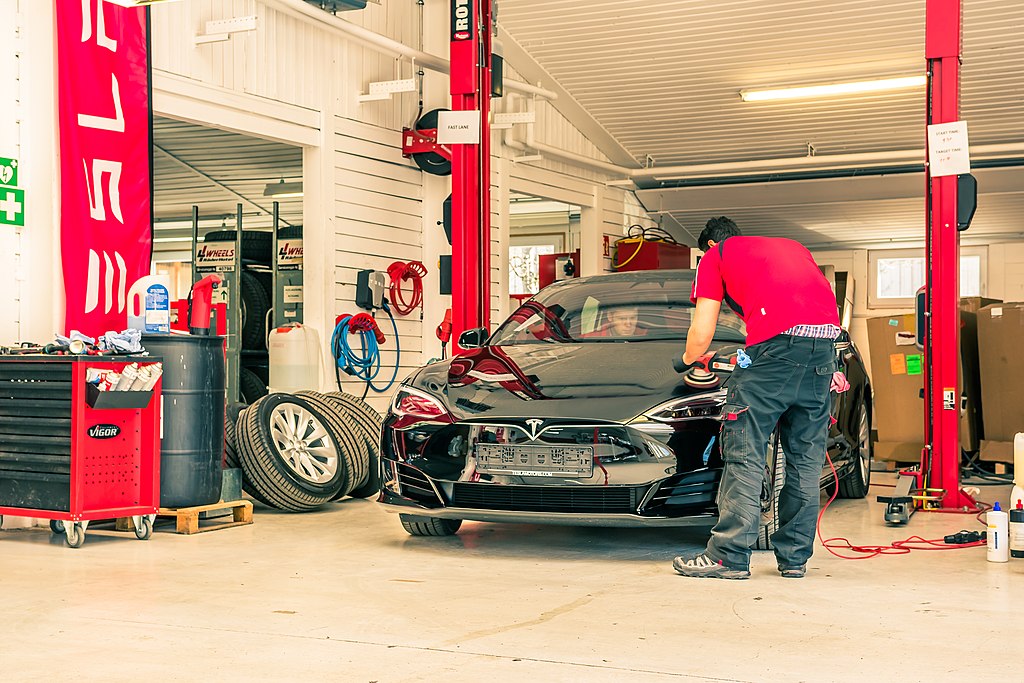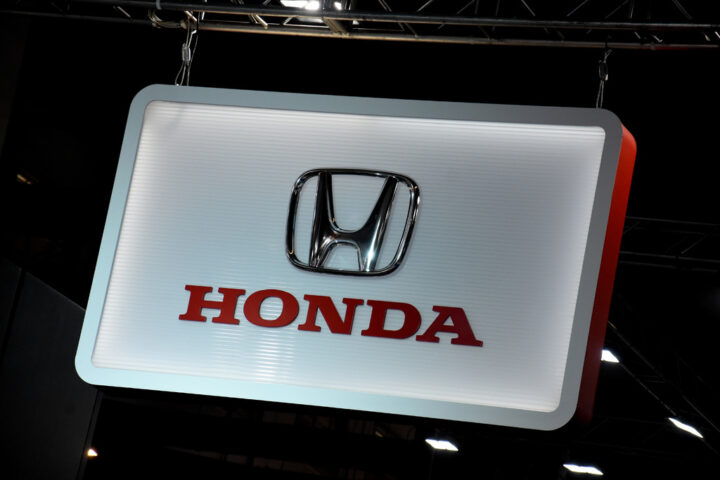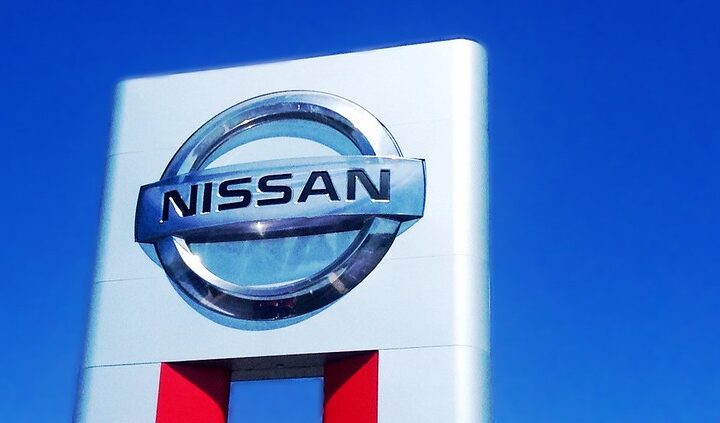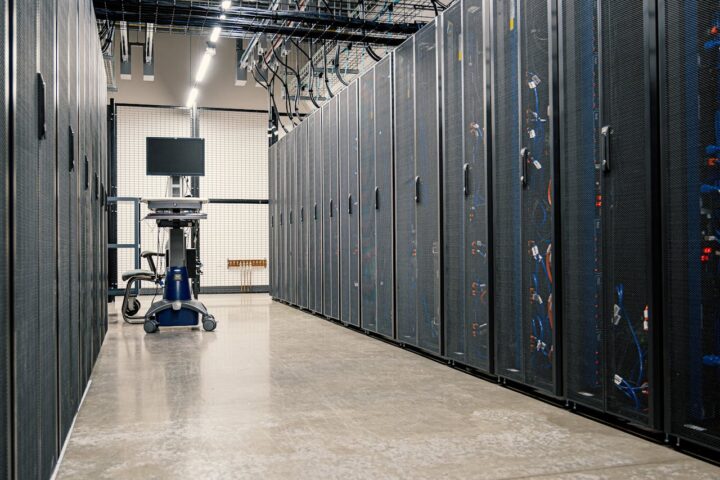So, you’ve heard the buzz: Teslas cost more to fix. Let’s break it down.
In Q3 2023, fixing a Tesla set you back an average of $5,552. Non-Tesla EVs? About $4,474. And our old pals, the combustion engines? Around $4,205. Yep, there’s a Tesla premium.
Why? Well, most gas cars on the road are from 2016, but the average EV, Teslas included, is fresh from 2022. Newer cars mean newer tech, especially safety features. Great for us drivers, but a bit pricier to fix. As Ryan Mandell from Mitchell puts it, “These vehicles are on the cutting edge of all this safety technology… You could have a left-front corner impact that somehow has disrupted your right rear lane-departure warning sensor.”
And it’s not just about the tech. These cars are complex. More parts, new materials, and the need for top-tier technicians Mandell points out, “When you look at the average number of parts being replaced, it’s increasing every year… All of these trends are leading us toward more expensive collision repair.”
Similar Posts
But let’s keep it real. Not every repair breaks the bank. Remember that Rivian R1T with the jaw-dropping $42,000 repair bill? That’s not the norm. Mandell says, “I think that a $42,000 repair is a good click on the Internet… but you start to see so much focus on one-off stories as opposed to the overall trend.”
And yes, insurance for Teslas is steeper. A 2022 Tesla’s insurance is about 74% higher than the U.S. average, even if a Model 3 or Y is priced lower than many other cars.
What about those big batteries? They’re not replaced often, but when they are, it’s a chunk of change. Mandell notes, “We don’t see estimates come in with a high frequency that have replacement of the high-voltage battery or indicate damage… Does it happen? Absolutely.”
Bottom line? EV repair is still finding its groove. EV technology is undergoing a lot of upgrades, improvements, and persistent evolution. Teslas might be more expensive to fix now, but as the technology becomes more common, we might see those costs drop or Tesla might adopt newer technology, and prices might rise. EV technology might lose its charm, and other technologies may take over. Stay tuned, auto fans; this decade will be full of ups and downs as we witness a major technological transition!


















